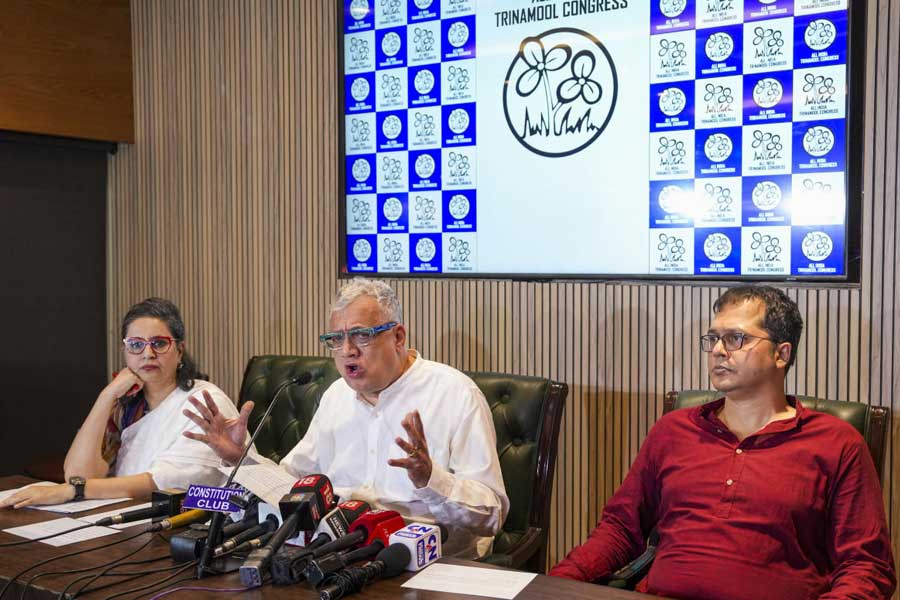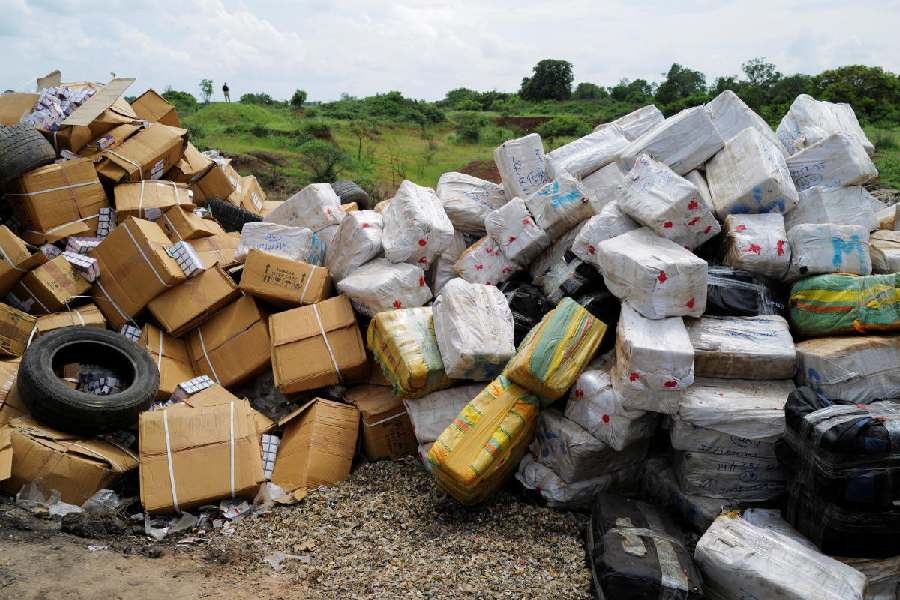 |
| Chilika lake (file picture) |
Bhubaneswar, July 20: The state government may soon come out with a plan for a dozen eco-systems that have failed to receive ‘due attention’.
Sources in the forest and environment department said the process of consulting experts for chalking out a blueprint for the protection and upgrade of these waterbodies would begin with the approval of Orissa Wetland Development Authority (OWDA), the only state-level body in the country engaged in preservation of wetlands.
“The wetlands that would undergo protection and upgrade have already been identified. Experts will be roped in to prepare the action plan,” said environment secretary Bhagirathi Behera, who is also the member-convenor of the OWDA. While most of the eco-systems, which would be part of the initiative, are located in the northern part of the state, others lie in the western and southern parts of the state.
Sources said that eco-systems identified for the action plan were Tampada (Ganjam), Badjore (Mayurbhanj), Ram Sagar/Sita Sagar (Gajapati), Nesa (Mayurbhanj), Hadagada (Keonjhar), Kalo (Mayurbhanj), Risia (Balasore), Deras (Khurda), Godahada (Ganjam), Hirakud (Sambalpur), Dohra (Deogarh) and Rengali (Sambalpur-Angul-Deogarh).
Behera said this initiative was just the beginning of the drive to preserve wetlands across the state. According to one source, Orissa is home to 78,440 wetlands of which 66,174 were small with an area of 2.25 hectares or less. The total coverage of wetlands in the state is 6,90,904 hectares.
Sources said the government has woken up to the importance of the smaller wetlands rather late. However, the good news is that work on some of these has already begun.
“Projects are underway to conserve Kanjia lake in Nandankanan, Daha in Bhanja Nagar and Kuanria in Nayagarh districts. There may be no comparison between these and huge wetlands such as Chilika, but they are important nonetheless as they help maintain our bio-diversity,” said an official.
Significantly, Chilika Development Authority, which had hitherto been focusing exclusively on Chilika, Asia’s largest brackish-water lake, has now also been entrusted with the conservation of Ansupa, the state’s largest sweet waterbody which was facing virtual extinction following year’s of neglect. “They are doing good work on Ansupa. We expect significant improvement in the condition of the lake,” said Behera, even as he hoped that the formation of OWDA would help change most other ecosystems in the state.










